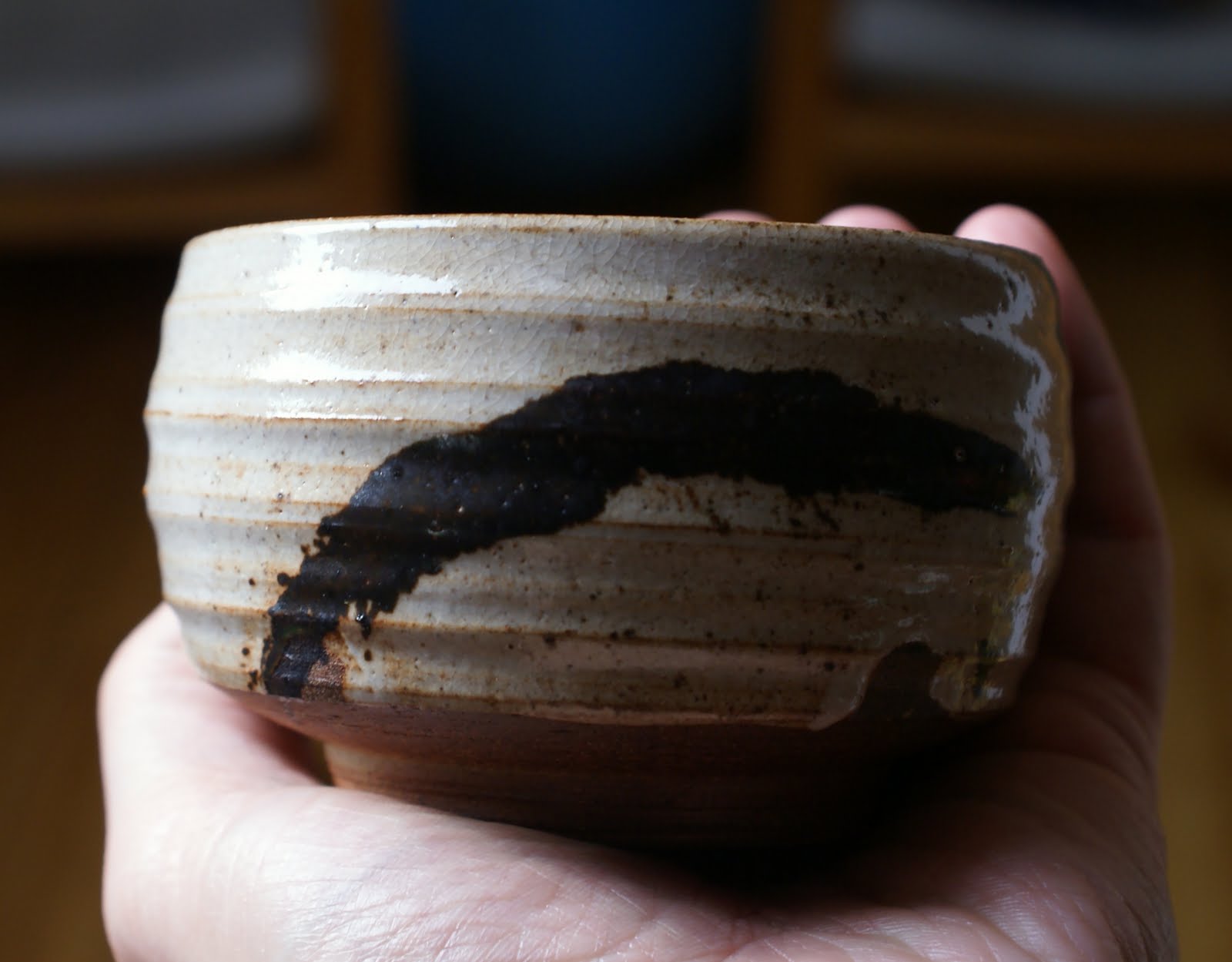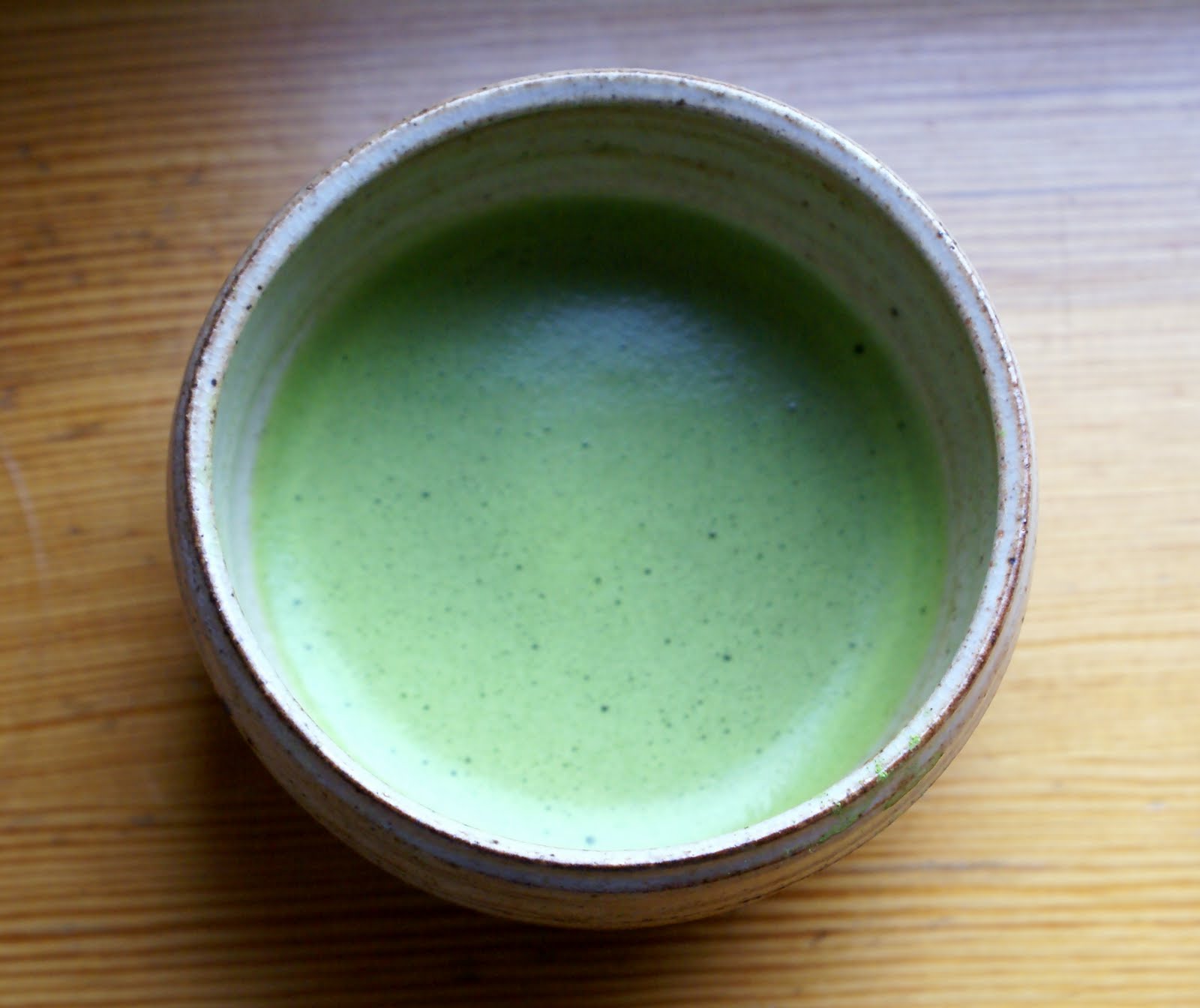2008 Kinrin Matcha
Posted on 8 May 2010
I realised I have never on this blog written about matcha. I can’t say I’m a regular drinker of this powdered Japanese speciality, but I do enjoy it from time to time. It’s one of those teas which you really have to feel like. It’s an acquired taste, and it’s an acquired thing to organize the matcha equipment, do all the right gestures and set your mind to patience mode as you try to achieve that reasonably perfect state of froth in the chawan, the matcha cup.
I’m mostly feeling like matcha in the springtime, in those mornings when I’m up earlier than usual, when the injection of vegetal freshness and the little ritual that surrounds it just fit in fine in the early hours pace.
One thing that has prevented me from posting was a lack of proper chawan. In all honesty I was using a rice bowl. There somehow was always a more urgent tea expense (and chawans can get quite pricey, too). During a recent stay in Cracow I poped in for a up at Czarka, a teahouse beautifully located in a medieval cellar, and I got this properly manufactured, good-looking and irresistibly inexpensive (9€) chawan.
Today’s matcha is the 2008 Kinrin from Marukyu-Koyamaen. It’s mid-priced among their many matchas (this 20g can was ¥1200), but is good enough to qualify for koicha (thick tea) making. Though it’s a 2008, I’ve only opened the can this week, so it’s reasonably fresh (important for matcha).
This tea powder is a light pastel green colour, with a tangy, sweet green fruit aroma, froths well, and delivers a more than enjoyable cup. The colour of the brewed tea is again a light green, more a Tiepolo celadon than a deeper emerald. The flavour is subdued, a little sweet, with not a hint of astringency. The finish is long and vegetal but never really tannic. For the little comparative context that I have, this is very good matcha indeed.
Many sources will tell you matcha is more something to experience than to taste. As pretentious as it sounds, it’s exactly the truth. There’s little I can produce in the sense of meaningful tasting notes. It’s more about the process of making matcha (requiring so much more physical participance than normal tea) and that sensation of smoothness as you sip it in small sips. Through the painstaking process of grinding tea leaves to one of the finest existing grades of powder, and the process of mixing, beating and frothing that powder up to a bodiless emulsion, matcha is tea made aerial. It’s the breath of the tea tree – just fine to enjoy during a humid, zesty, exhilarating springtime.





